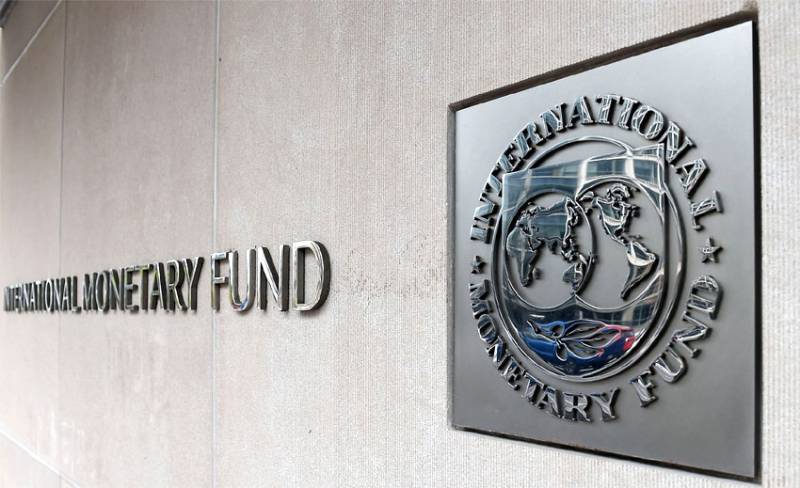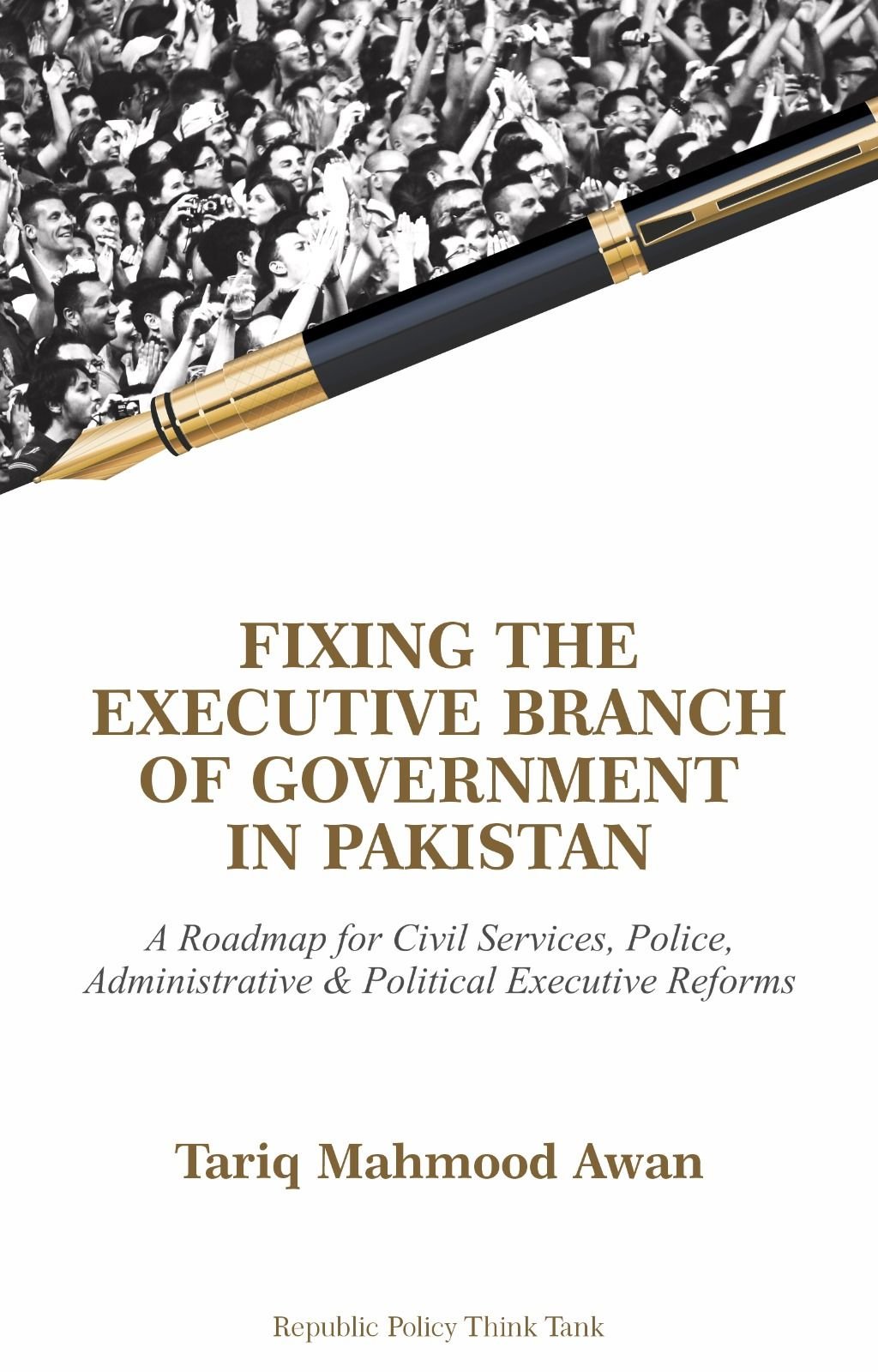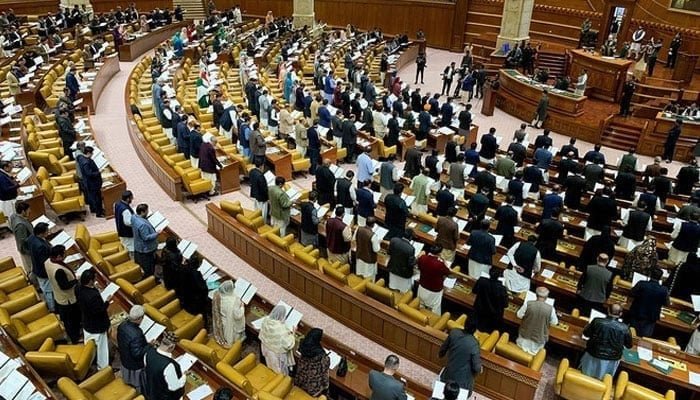Arsalan Naseer
The last few decades have ushered in a seismic shift in development paradigms, casting doubt on the once-revered Washington Consensus of the IMF and World Bank. There was a glimmer of radical hope among scholars and development experts that the 21st century would herald a transformative era in economic thought.
However, for Pakistan, the narrative remains disappointingly stagnant. On September 25, the IMF approved a $7 billion funding package after an exhausting two-month delay, with a swift release of $1 billion aimed at stabilizing an economy on the brink. Prime Minister Shehbaz Sharif expressed gratitude to IMF Managing Director Kristalina Georgieva, claiming this 37-month loan program would mark the last bow to the Fund.
Pakistan has become the poster child for IMF dependency, racking up 22 bailouts since 1958, making it the fifth-largest debtor at $6.28 billion as of July 2024. This staggering debt looms over its already constrained $350 billion economy, demanding an astronomical $90 billion in repayments over the next three years, with a looming major deadline in December.
This agreement arrives on the heels of a fragile economic recovery after a tumultuous chapter in the country’s history. Optimists highlight the modest indicators of stability—economic growth revival, inflation reduction, and bolstered foreign reserves—as signals that Pakistan might finally be turning a corner.
Yet, such optimism risks delusion. Just a year ago, Pakistan grappled with a staggering 38% inflation rate and saw its foreign reserves plunge to $2.9 billion, barely adequate for three weeks of imports. The rupee’s value plummeted 60% against the dollar, and the growth rate fell to a meager 2.4%, well below a population growth rate of 2.6%.
Is the Pakistani economy truly back on course? The IMF loan may offer a temporary patch, but it fails to address the enduring systemic issues crippling the nation. Leading economists argue that without a commitment to deep, structural reforms, this momentary assistance will merely perpetuate a cycle of economic boom and bust, leaving the country further enmeshed in debt.
Nathan Porter, the IMF’s Pakistan Mission Chief, speaks with a cautionary tone. While acknowledging recent recovery, he warns that igniting sustainable growth mandates confronting the profound structural vulnerabilities that threaten to plunge Pakistan back into crisis.
The IMF is pinning its hopes on the new Extended Fund Facility Arrangement, which it markets as a departure from past failures. The program’s proposed fiscal reforms, including sweeping tax increases and scrapping income tax exemptions, promise to stretch the tax base, encompassing the retail, agricultural, and export sectors. Yet, the implementation of these measures requires rigorous coordination between federal and provincial governments—an ambitious, if not improbable, expectation.
Despite welcome changes in fiscal policy, skepticism lingers. Critics emphasize that the program does not confront the fundamental issues of overspending and the relentless cycle of domestic and foreign debt that has left the country in economic shackles. Dr. Hafiz Ahmed Pasha, a former finance minister, highlights how nearly half of Pakistan’s annual budget is siphoned off to service existing debts, leaving scant room for essential development.
The enormity of Pakistan’s financing needs—an eye-watering $146 billion—underscores the perilous reliance on external loans from allies like China and the UAE. Structural flaws, compounded by political strife, entrenched corruption, and bureaucratic red tape, create an inhospitable environment for investment, both domestic and foreign.
Renowned economist William Easterly aptly described Pakistan’s predicament as one of “growth without development.” This assertion rings painfully true today as Pakistan lags behind on key socio-economic indicators, while inequality festers along rural, urban, provincial, and gender lines.
As of 2023, the World Bank estimates that poverty has soared to 37.2%, with a disturbing proportion of school-age children out of education. The UNDP’s Multidimensional Poverty Index reflects a dismal state of health, education, and living standards, illustrating how deeply entrenched poverty hampers economic productivity and the capacity to manage colossal debt repayments.
Disillusioned with the IMF’s approach, many Pakistani economists advocate for home-grown, tailored solutions to address the nation’s critical challenges, including political patronage, labor productivity, and public service quality. A radical restructuring of the energy sector and broadening the tax net to include agricultural landowners are vital yet politically contentious measures that must be confronted head-on.
For Pakistan to escape the cycle of reliance on foreign loans, it must pivot from an import-heavy economy towards fostering export competitiveness and bolstering human capital investments. The real test lies in the government’s ability to adhere to the IMF’s stringent conditions amidst growing domestic opposition.
In an already fraught political landscape, fundamental reforms such as tax hikes, energy tariff increases, and subsidy removals face substantial resistance from vested interests. The specter of failure looms; the government may falter under pressure, sacrificing promises made to the IMF.
Ultimately, the IMF program serves as nothing more than a superficial fix—to truly revitalize its economy, Pakistan must tackle the structural disparities at the core of its financial woes. Without concerted, genuine reform, future IMF appeals are all but inevitable.















